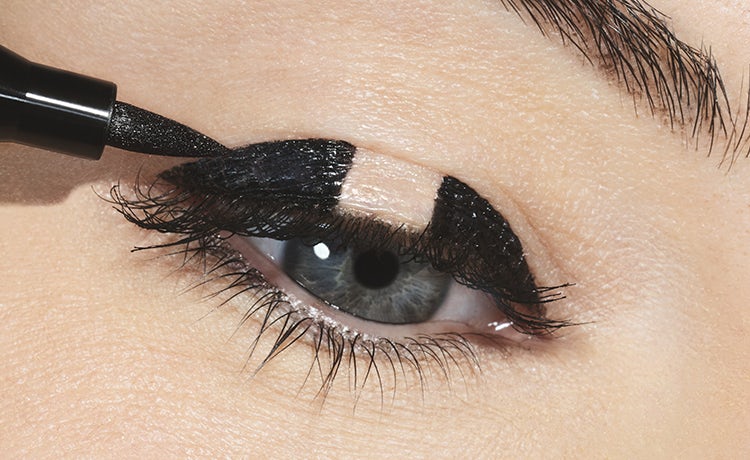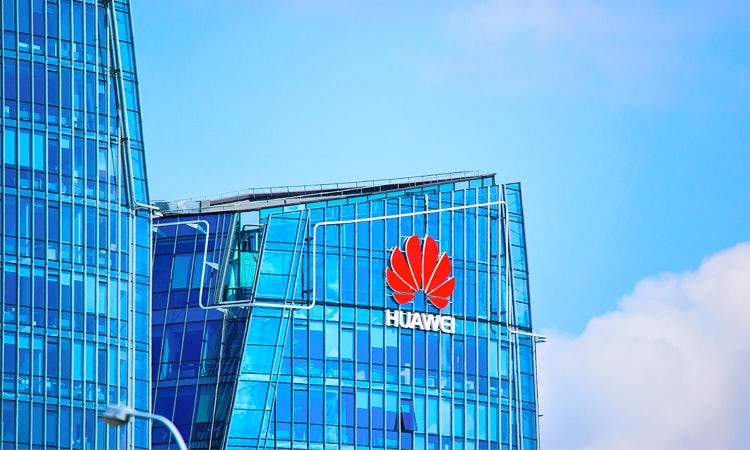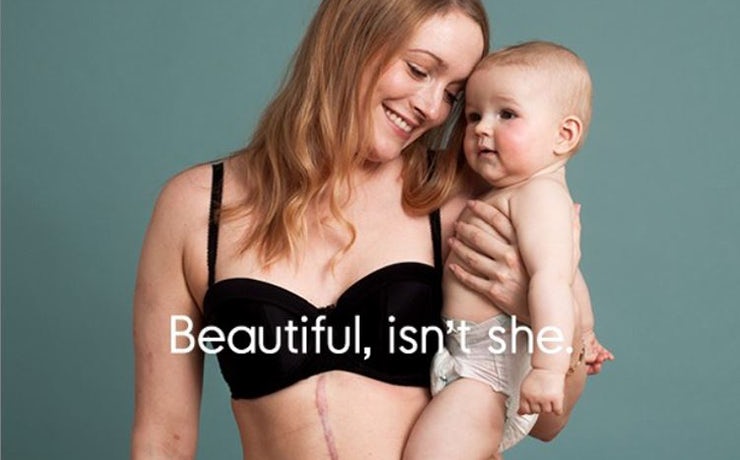Unilever, Avon, Lloyds: 5 things that mattered this week and why
From Unilever’s commitment to invest in its marketing teams to achieve real-time relevance to beauty giant Avon’s search to become high touch and high tech, catch up on all the biggest news from the last seven days.
Unilever invests in people as it shifts from big to real-time campaigns
Marketing has been undergoing a quiet revolution at Unilever as it shifts from a focus on big campaigns to real-time activity. The company’s CFO Graeme Pitkethly says major campaigns don’t have the same impact they did 10 or even five years ago and so it is changing how it sets up its teams and spends on media to navigate the new media market.
However, to do that it needs to take its people with it. That has prompted a major investment in “people capability”, with the cost of its marketing department as a proportion of its total people cost also on the rise. That comes as it sets up digital hubs to ensure it has people on the ground that can understand data, manage digital campaigns and optimise in real-time.
“We are investing in people capability and digital marketing because we recognise that marketing is no longer just creating big campaigns,” explained Pitkethly, speaking at the Consumer Analyst Group of New York conference over the weekend. “It is now about having the right people with the right capabilities around the globe and around the table to manage campaigns in real-time.”
In a week when Kraft Heinz admitted its focus on cost-cutting rather than growth has severely impacted its performance and the value of some of its key brand assets, including Kraft, Unilever’s decision to invest in marketers, increase media spend and hire for new capabilities is refreshing. It is also part of the reason why Kraft Heinz’s attempt to buy Unilever could never have worked culturally.
Unilever understands the need for growth, for purpose and to invest in people. Until recently, Kraft Heinz’s owners were focusing on cutting costs. But costs can only be cut once. To future-proof, FMCG must invest and innovate, both in product and ways of communication. Unilever is already seeing the benefits.
READ MORE: Unilever increases investment in marketers as it shifts from ‘big’ to real-time campaigns
Avon sets its sights on becoming a ‘high touch, high tech’ business

Far from being intimidated by the direct-to-consumer players flooding into the beauty market, Avon believes its global turnaround strategy will help transform the brand into a “high touch, high tech” business.
Led by chief brand and beauty officer James Thompson, who joined the company in November after 16 years at Diageo, Avon is seeking to convert awareness to relevance and create a real-world perception of the quality of its products.
Part of the strategy is to increase its speed to market. By opening the business up to new supply routes and third-party collaborations, Avon has cut its typical product development cycle from 24 months to just over three months.
In addition, Thompson is conscious of the need to bring a stronger design aesthetic into Avon’s packaging, to develop a clearer idea of what the brand stands for and gain a better grasp of the brand architecture.
He is also hoping to mix the best marketing communication techniques of a consumer goods company, with the social selling tradition Avon pioneered. To do so the brand has teamed up with S4 Capital-owned MediaMonks on a new content studio, designed to develop and distribute high quality brand and product content at scale.
Rolling out this month across Brazil, Mexico and Russia, the ‘always-on’ content hub will develop 12,000 images, videos, gifs and pieces of gamified content annually for use across Avon’s more than 50 markets. Multi-language and multi-platform, the content will be delivered weekly to its network of five million representatives.
While the idea is to create a framework, tone, look and feel for the brand, the ambition going forward is to encourage Avon’s representatives to become “micro-influencers”, uploading and creating “hyper-localised” content which fits the nuances of their specific markets.
Working closer with the representatives to collaborate on content is a shrewd move given that Avon sustained criticism last month for the tone of the US campaign publicising its Smooth Moves anti-cellulite gel, which body positivity campaigner Jameela Jamil described as “cellulite shaming”.
Lloyds admits it’s ‘not particularly good’ at social

Admitting your brand is not good at something is a bold move for any marketing director, particularly one that has been with the business for less than a year. But that’s exactly what Richard Warren, Lloyds Banking Group’s director of marketing communications, did on Wednesday when he declared the business hasn’t done “anything particularly good” on social.
Warren, who joined the banking business from GroupM last June, admitted Lloyds has “not had much success” when it comes to social media and content, mainly because it tends to do one-off activations in isolation.
Demonstrating ROI and effectiveness is one of main sticking points for the brand, according to Warren, who said the only use he’s found for social is driving reach among younger consumers. “We’ve got to be careful how we adopt it,” he said. “At the moment we’re comfortable with reach extension, but that’s about it.”
For a marketing boss to hold their hands up and admit they don’t have all the answers is refreshing. Lloyds’ main focus, and where the majority of its budget goes, is on big brand building activity on TV and out-of-home as it looks to drive greater emotional engagement with customers.
Warren was also not afraid to admit that he doesn’t think advertising creates trust, so to support its above-the-line activity and show consumers its ‘By Your Side’ campaign line is more than words, Lloyds is now looking to better integrate this message across all other aspects of the business, from in-branch to online.
By focusing on this rather than trying to shoehorn in a wider role for social media, Lloyds has a far better chance of creating long-term loyalty and engagement with the brand.
READ MORE: Lloyds admits it hasn’t had much success on social
Huawei puts focus on ‘stories’ over product porn

Huawei was the talk of Mobile World Congress this year as its foldable phone (and accompanying £2,000 price tag) caught the attention of attendees.
Huawei is making a name for itself as a technology innovator, with its latest device making huge leaps forward including a foldable screen, as well as interesting new features like OneHop, which allows files to be instantly transferred between a Huawei phone and laptop using NFC (near-field communication).
But it is also now focusing on its brand. Speaking to Marketing Week in Barcelona this week, Huawei’s UK marketing boss, Justin Costello, says technology without marketing is an “uphill battle” and that in terms of importance in the business “marketing is now up there with product”.
“[It has become] very clear, particularly in the UK, that brand is hugely important because you can have all this great tech, but unless you are able to tell those stories in a compelling way that appeals to consumers, it’s an uphill battle,” says Costello.
“We’re investing in team structures, the right bandwidth and capabilities within our marketing function to be able to exploit what we’re doing from a technical perspective.”
This is a journey that all the top smartphone manufacturers have been on. When Samsung first started to gain traction in the UK, its advertising was hugely focused on the technical aspects of its phones, but it has since learnt that it is as much about building a brand and generating an emotional connection, as it is having the best spec.
If Huawei can get the brand bit right there is no reason it can’t give Samsung and Apple a run for their money.
READ MORE: Huawei says marketing is as important as product in race to catch Samsung
Nike and Mothercare smash female stereotypes – in very different ways

Ahead of International Women’s Day on the 8 March, sportswear giant Nike and babycare specialist Mothercare are standing up for female empowerment, albeit it in radically different ways.
Nike used Sunday’s Oscars to debut Dream Crazier, a film shining a spotlight on game changing female athletes who have broken down barriers and inspired future generations.
Narrated by tennis superstar Serena Williams, the campaign features footage of quadruple gold medal winning Olympic gymnast Simone Biles, American sabre fencer Ibtihaj Muhammad and US snowboarder Chloe Kim, the youngest woman to win an Olympic snowboarding medal aged just 17.
Th perfect companion in tone and emotion to 2018’s Dream Crazy, which among other things celebrated the contribution of former quarterback Colin Kaepernick to the Black Lives Matter movement, Dream Crazier interrogates the language used to describe women, versus the narrative often saved for men.
While Nike highlighted the near superhuman performances of female athletes, Mothercare’s #BodyProudMums campaign opted for a raw and deeply human portrayal of the beauty of the post-birth body.
Runner-up in Transport for London’s Women We See competition, #BodyProudMums features 10 real mums proudly holding their babies and showing the scars of childbirth. Their stories are shared via Mothercare’s Instagram page, where many of the mums talk about coming to terms with the way their bodies have changed post-pregnancy and the pressure from social media to “snap back” into shape.
Whether it is winning 23 Grand Slams or having the guts to show off your post-pregnancy body complete with scars and stretchmarks, both campaigns have captured the strength of women who defy expectations.
READ MORE: How Nike and Mothercare are smashing female stereotypes







